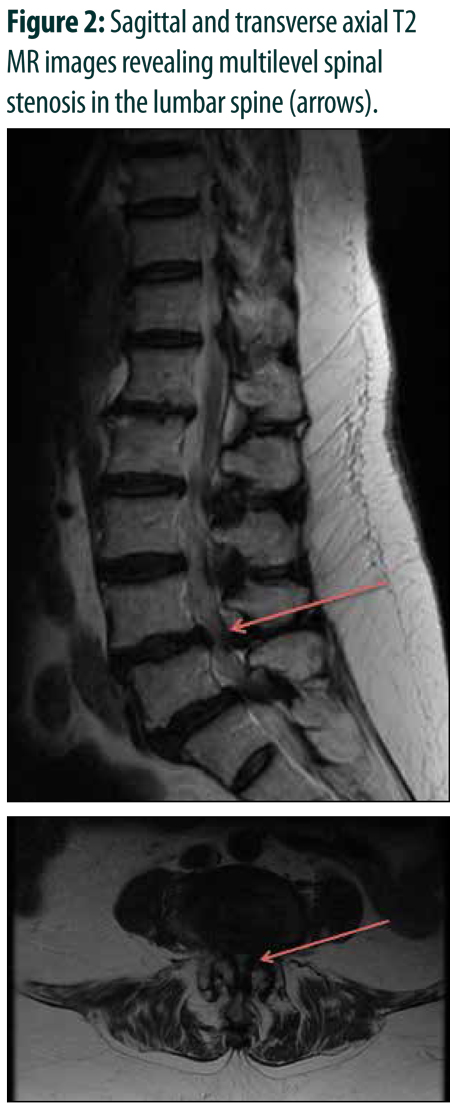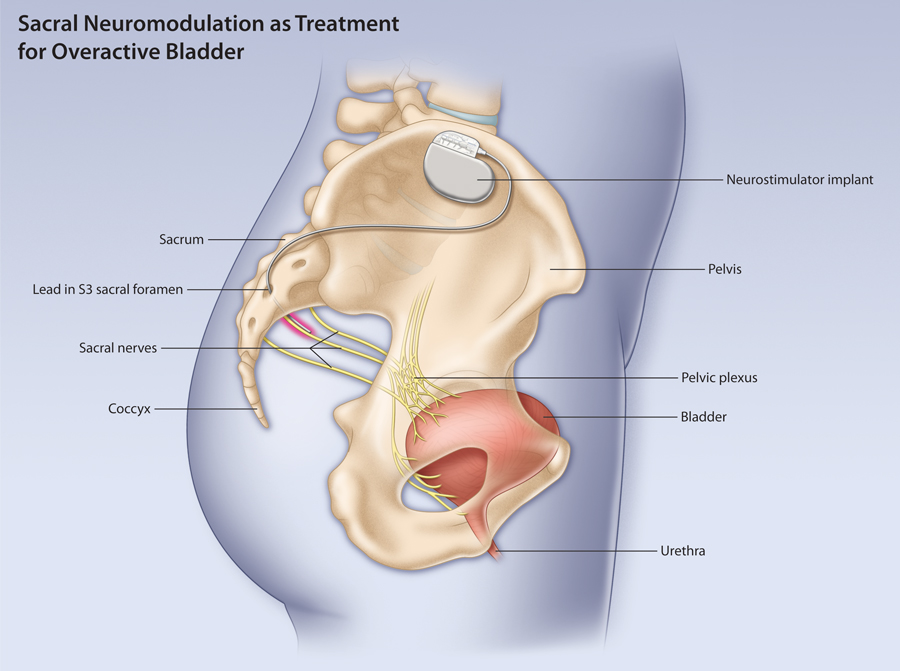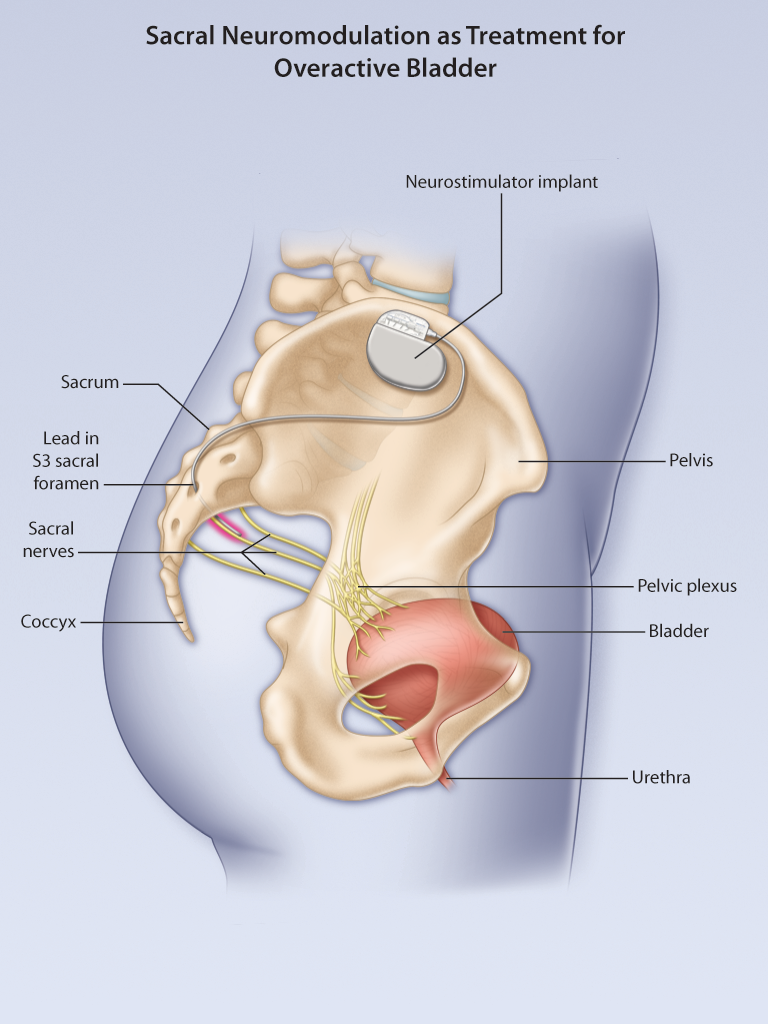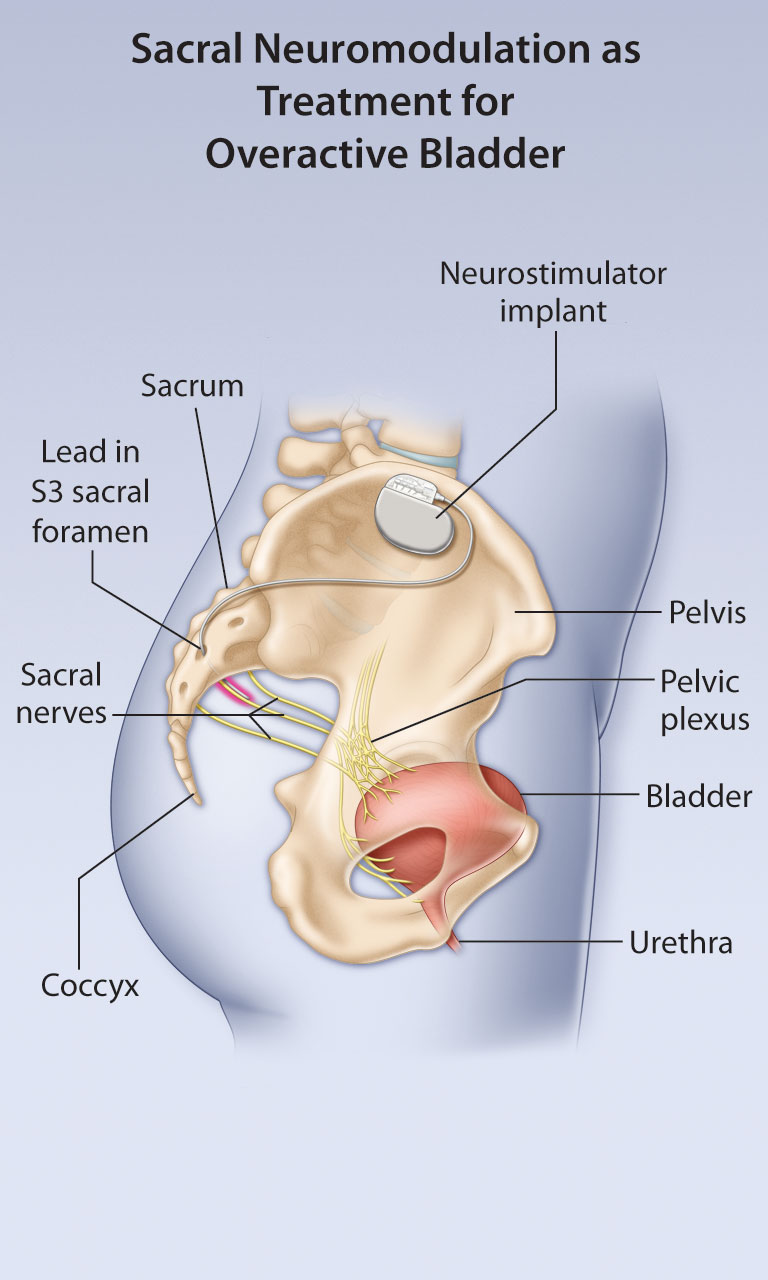Sacral Neuromodulation for Overactive Bladder
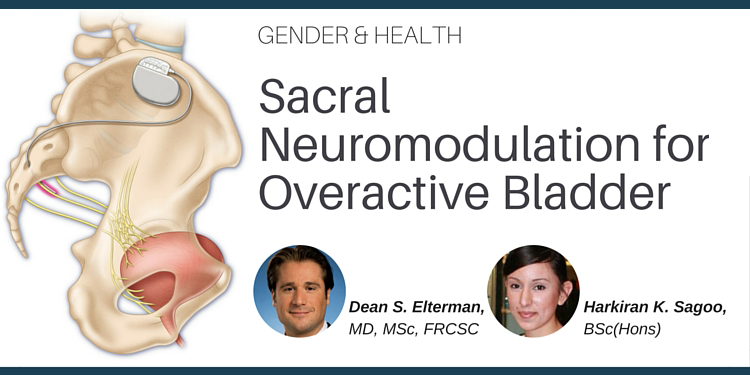
Post-test: Sacral Neuromodulation for Overactive Bladder
Members of the College of Family Physicians of Canada may claim MAINPRO-M2 Credits for this unaccredited educational program.
| Questions | 5 |
|---|---|
| Attempts allowed | Unlimited |
| Available | Always |
| Backwards navigation | Forbidden |
You are not allowed to take this Quiz.
Pre-test: Sacral Neuromodulation for Overactive Bladder
| Questions | 3 |
|---|---|
| Attempts allowed | Unlimited |
| Available | Always |
| Pass rate | 75 % |
| Backwards navigation | Allowed |
You are not allowed to take this Quiz.
Post-test: Diagnostic Radiology in Low Back Pain
Members of the College of Family Physicians of Canada may claim MAINPRO-M2 Credits for this unaccredited educational program.
| Questions | 5 |
|---|---|
| Attempts allowed | Unlimited |
| Available | Always |
| Backwards navigation | Forbidden |
You are not allowed to take this Quiz.
Pre-test: Diagnostic Radiology in Low Back Pain
| Questions | 3 |
|---|---|
| Attempts allowed | Unlimited |
| Available | Always |
| Pass rate | 75 % |
| Backwards navigation | Allowed |
You are not allowed to take this Quiz.
Editor's Note, Volume 5 Issue 2
Editor's Note, Volume 5 Issue 2
D’Arcy Little, MD, CCFP, FRCPC
Medical Director, JCCC and HealthPlexus.NET

- Read more about Editor's Note, Volume 5 Issue 2
- Log in or register to post comments
Part 3: Using Your EMR Effectively
Part 3: Using Your EMR Effectively
Lessons to be Learned from History and the Perspective of Grandparents and Vaccination of Children
Lessons to be Learned from History and the Perspective of Grandparents and Vaccination of Children
Editor's Note, Volume 5 Issue 1
Editor's Note, Volume 5 Issue 1
D’Arcy Little, MD, CCFP, FRCPC
Medical Director, JCCC and HealthPlexus.NET

- Read more about Editor's Note, Volume 5 Issue 1
- Log in or register to post comments


